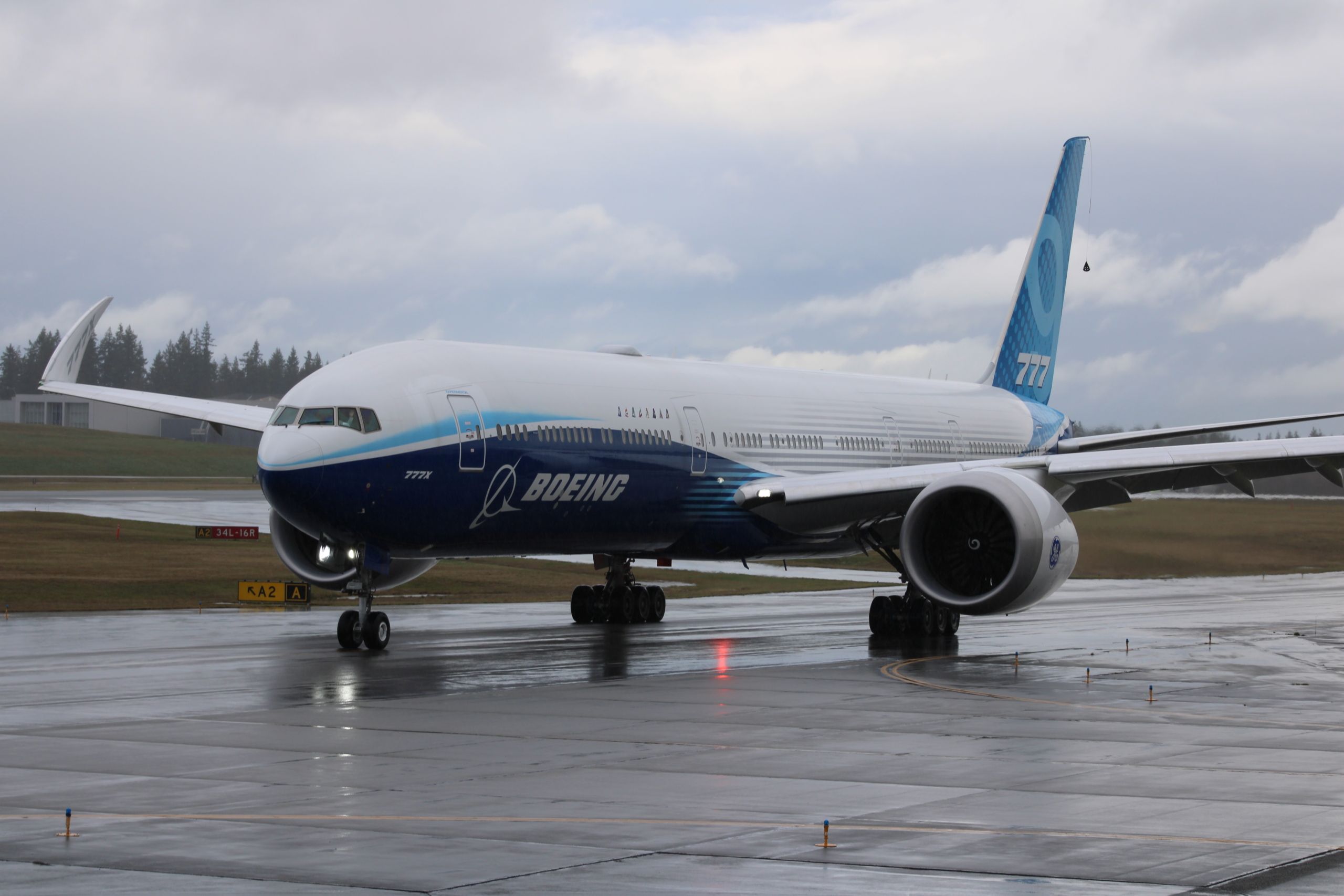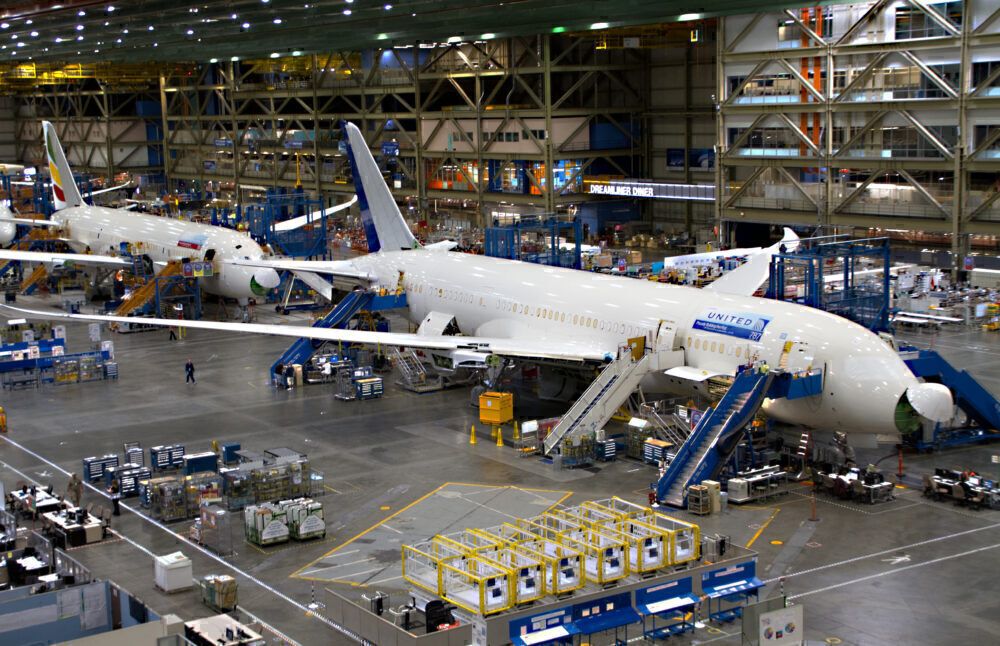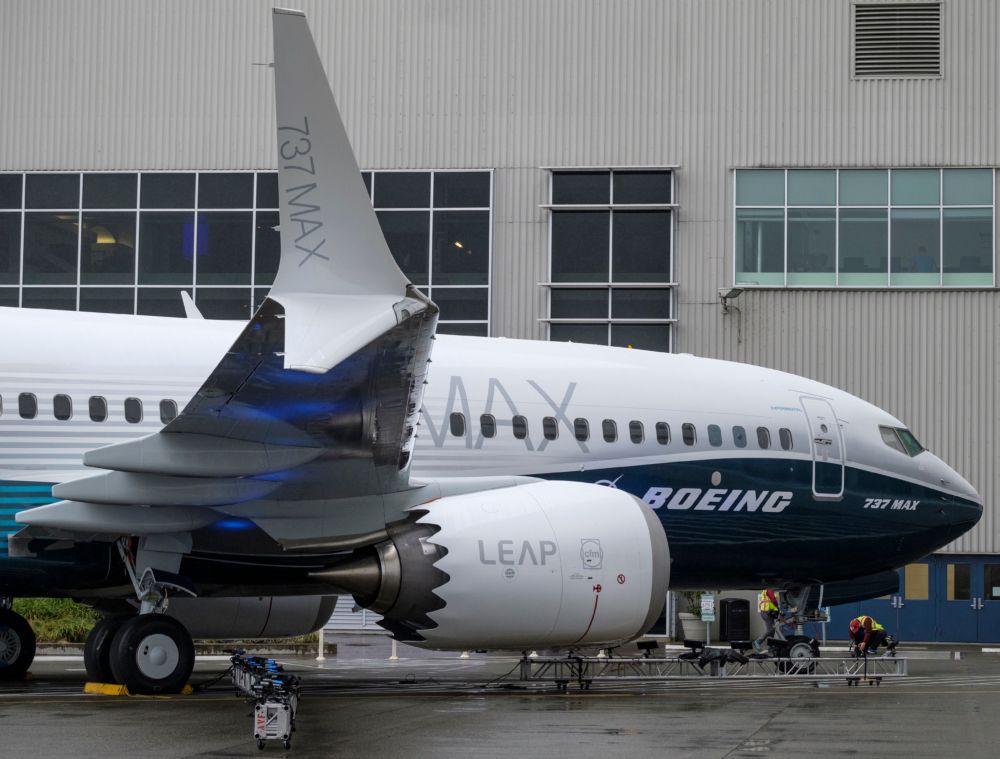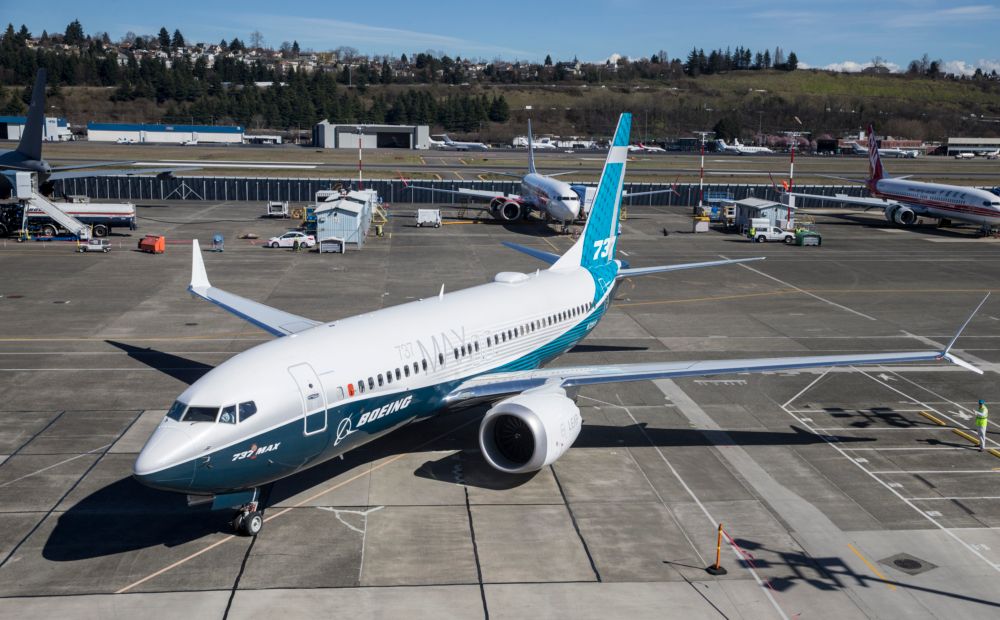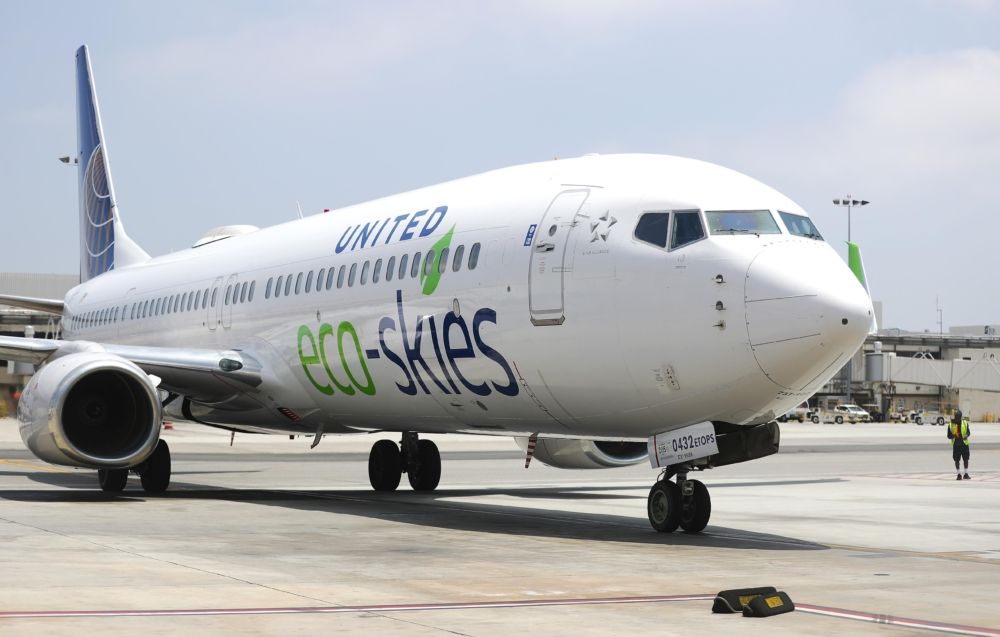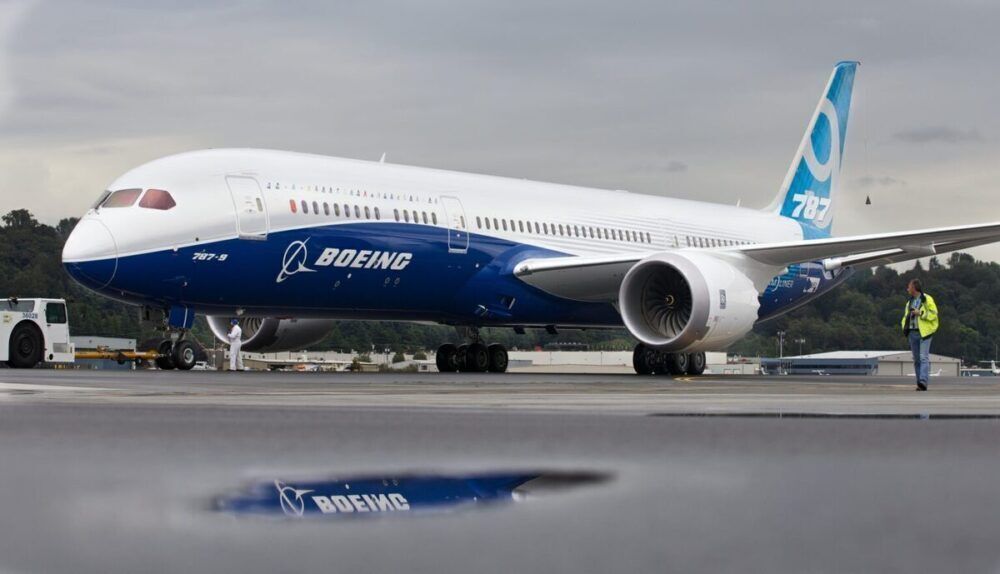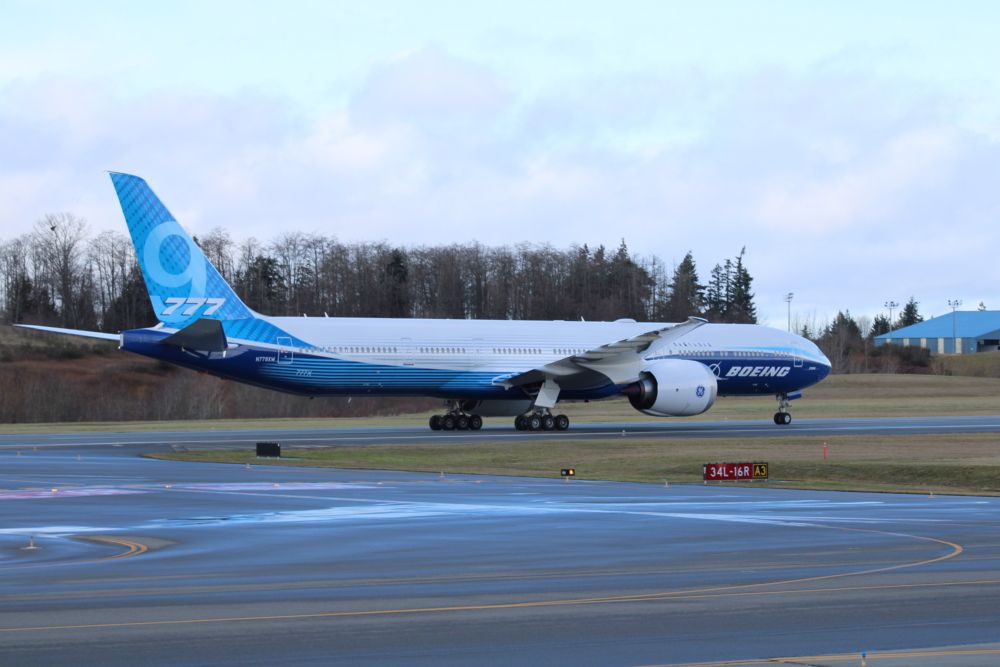Boeing has released its Commercial Market Outlook (CMO), looking at 10-year and 20-year global demand commercial forecasts. As the airline industry around the world starts to come out of the crisis, the American manufacturer is optimistic that demand for aircraft will continue to grow. Overall, through the next decade, there will be a $9 trillion aerospace market. However, over the next 20 years, the manufacturer is projecting demand for over 43,000 aircraft, with a value of roughly $7.2 trillion.
Boeing reveals its CMO
Boeing releases an annual forecast looking at the aerospace industry for the next ten to twenty years. The outlook covers commercial aircraft, the services market, and the defense and space market outlook.
This year, the manufacturer has revised its estimates upward over the last couple of years. In 2020, it estimated an $8.5 trillion market and, in 2019, it estimated an $8.7 trillion market over the next ten years. This is broken down into a projection for $3.2 trillion under commercial aircraft, $3.2 trillion under the services market, and $2.6 trillion in the defense and space market.
With commercial air travel rebounding in many markets or at least preparing to rebound, the company expects demand for new jets will grow over the next ten to twenty years, and its commercial arm could benefit.
Using 2019 as a base year, Boeing projects a 20-year forecast of worldwide economy (measured in GDP) growth of 2.7% per annum. This will naturally lead to a growth in air travel that Boeing expects to come out to a 4.0% increase in both passenger traffic (measured in revenue passenger kilometers or RPKs) and cargo traffic (revenue tonne kilometers or RTKs).
Stay informed: Sign up for our daily and weekly aviation news digests.
Demand for over 43,000 aircraft
Through 2040, Boeing expects airlines around the world will want over 43,500 new airplanes. It estimates this to have a market value of roughly $7.2 trillion and is an upward revision, by 500 aircraft, over 2020's forecast.
In 2019, the cumulative total of aircraft in fleets around the world was 25,900 planes. Over the next 20 years, only about 5,795 of those planes are expected to be retained in fleets. This includes some deliveries from 2020.
The remaining 20,105 aircraft gap between the retained fleet and the 2019 fleet will be airplane deliveries targeted for replacement. This comes out to 20,105 aircraft. Roughly 80% of the global fleet in 2019 will be replaced by 2040 under Boeing's estimates.
However, Boeing is expecting markets to grow, as they naturally do. To that extent, by the end of 2040, the manufacturer is projecting growth demand for 23,505 aircraft. This will lead to a worldwide cumulative fleet total of 49,505 aircraft, with demand for 43,610 new aircraft, split between 46% toward replacement and 54% toward growth.
A huge emphasis on narrowbodies
Nearly 75% of the projected new aircraft deliveries through 2040 are expected to be narrowbody, single-aisle aircraft. Below are projections of new deliveries through 2040 based on aircraft type:
- Single-aisles: 32,660 new aircraft (~75%)
- Widebodies: 7,670 new aircraft (~18%)
- Regional jets: 2,390 aircraft (~5%)
- Freighters: 890 aircraft (~2%)
Narrowbody aircraft, generally speaking, need to be replaced faster than widebodies because they tend to undergo more flight cycles in a day, which is what really matters in the decision to retire an aircraft.
Boeing's popular Boeing 787 Dreamliner is expected to remain in the skies come 2040, even as Boeing introduces new aircraft models into the marketplace. Deliveries for the 787 are expected to continue for at least the next several years as airlines love the type for its efficiency and ability to unlock new routes.
The demand for freighters may seem quite low. However, note that this is a forecast for new aircraft deliveries. There will be conversions of passenger jets to cargo aircraft that cargo airlines would be more than happy to fly and are expected to fly. Coupled with the conversions, the global freighter fleet is expected to grow by 70% over the next 20 years.
What to make of the outlook
Boeing's CMO is more of a story of passenger demand than it is of aircraft demand. That is because the worldwide economy and the recovery of air passenger traffic determines how many planes airlines will need to order and how many they will retire.
The company is largely expecting domestic markets to lead the recovery into 2022. Regional flying is expected to recover by 2023, and long-haul flying will be the last to return to 2019 traffic levels by the end of 2023 and into early 2024.
Boeing does account for the potential of introducing new aircraft, though it does not necessarily segment the product. While the Boeing 737 MAX program has been highly successful from a sales perspective, by 2040, if not well before then, Boeing will need to start thinking about a successor to this family as some MAX jets start to get to the point of retirement.
Of the 43,610 aircraft Boeing expects airlines to need, the manufacturer does not emphasize a breakdown by customer or type or even a timeline for when orders will be placed. As is evident, many factors influence an aircraft purchase decision, and the strong financial status of one airline is not indicative of the status of another airline halfway across the world.
The greatest appetite, over the next 20 years, is in some of the expected demand hotspots. Boeing broke it down where it expects the 43,000+ new aircraft to go to over the next 20 years by market:
- North America (21%)
- Asia (excluding China) 21%
- Europe: 20%
- China: 20%
- Middle East: 7%
- Latin America: 6%
- Russia & CA: 3%
- Africa: 2%
Some of the largest markets today are expected to be some of the largest over the next 20 years. This includes North America and China, though air travel growth is expected to occur worldwide, though at different paces.
Boeing will not collect all 43,610 orders over the next 20 years. It has a good shot of getting its fair share of these orders, but it will have to contend with competition from its most well-known rival in the sphere, Airbus, and assess the impact of new entrants in the market, like China's COMAC.
Nevertheless, Boeing is expecting a strong return of aircraft demand as the industry comes out of the crisis. Some airlines, like United, Southwest, and Ryanair, have made some large orders for aircraft already. As more airlines start to regain solid footing, expect the orders to come in as airlines think about their fleets over the next 20 years.

